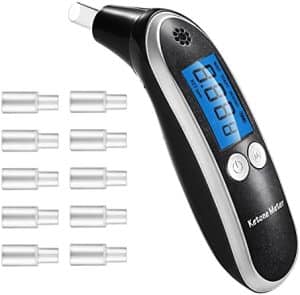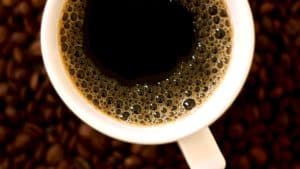Sweating often feels like a sign of fat loss, but the truth is more complex. So, does sweating burn fat or water weight? Let’s break down the science and clear up this common misconception.
💧 What Does Sweating Actually Do?
Sweating is your body’s natural cooling system. It helps regulate body temperature during physical activity or in hot environments. When sweat evaporates, it cools your skin and lowers internal temperature—but it does not burn fat directly.
What you lose through sweat is:
- Water
- Electrolytes (sodium, potassium, etc.)
- A small amount of toxins
You can lose 2–5 pounds of water weight in a single intense session, but that weight comes right back after rehydration.
🔥 What Does Burn Fat?
Fat loss occurs when you maintain a calorie deficit—you consume fewer calories than you burn. This forces the body to break down fat stores for energy. Key drivers of fat loss:
- NEAT (Non-Exercise Activity Thermogenesis)
- Exercise (especially resistance and HIIT)
- Diet (high protein, calorie-controlled)
Sweating can be a byproduct of these processes, but not the cause of fat loss.
🏋️ Does Sweating Mean You Had a Good Workout?
Not necessarily. A sweaty session might feel intense, but actual workout quality depends on:
- Volume (sets × reps × weight)
- Intensity (% of 1RM or effort level)
- Time under tension
- Progressive overload
You could have a short, low-effort workout in a sauna and sweat buckets—or a high-quality strength session in a cold gym and barely sweat.
🧪 Can You Burn Fat Without Sweating?
Absolutely. Fat is burned through metabolic processes, especially:
- Beta-oxidation: Breaking down fat into ATP (energy)
- Increased oxygen consumption (VO₂ max)
- Elevated heart rate and respiration
You can burn fat:
- While walking briskly in cool weather
- While lifting weights with moderate effort
- Even while sleeping (if in a deficit)
🤯 Why Do People Confuse Sweat with Fat Loss?
The scale often drops immediately after a sweaty session due to water weight loss. That creates the illusion of fat loss, but it’s temporary:
- You might weigh 3 lbs less post-sauna
- After rehydrating, the weight returns
Fat loss is gradual—about 1–2 pounds per week for most people in a safe deficit of 500–1000 calories/day.
🧘 How Can You Use Sweat Strategically?
While sweat itself doesn’t cause fat loss, sweating:
- Boosts blood circulation
- Improves mood via endorphins
- Can improve skin through detoxification
Tactics like sauna use or heated yoga can supplement a routine, but don’t rely on them for fat loss.
🧮 What’s the Math Behind Fat Loss?
1 pound of fat = ~3,500 calories.
To lose 1 pound per week:
- Create a 500-calorie daily deficit via diet + exercise
- Combine cardio, resistance training, and clean eating
- Track weekly body composition, not daily weight
Sweat may signal effort—but fat loss results from energy balance, not perspiration.
✅ Key Takeaways
- Sweating is not a sign of fat burning—it’s water loss for cooling
- Fat is lost through a calorie deficit, not how much you sweat
- You can burn fat without sweating, especially in cooler conditions
- Don’t confuse short-term water loss with long-term fat reduction
- Focus on diet, movement, and training intensity, not just sweat
Read Next…
- The Dangers of Ketosis While Fasting
- How to Use Functional Exercise to Improve and Determine Longevity
- How to Use a Breath Ketone Meter on a Fast or Keto Diet
- How to Survive a Prolonged Fast: A Practical Guide for Fat Loss and Health
- My 7-Day Fasting Journey: A Fitness Detox Story
Subscribe now and get a 14-day free trial workout app for iPhone users.





